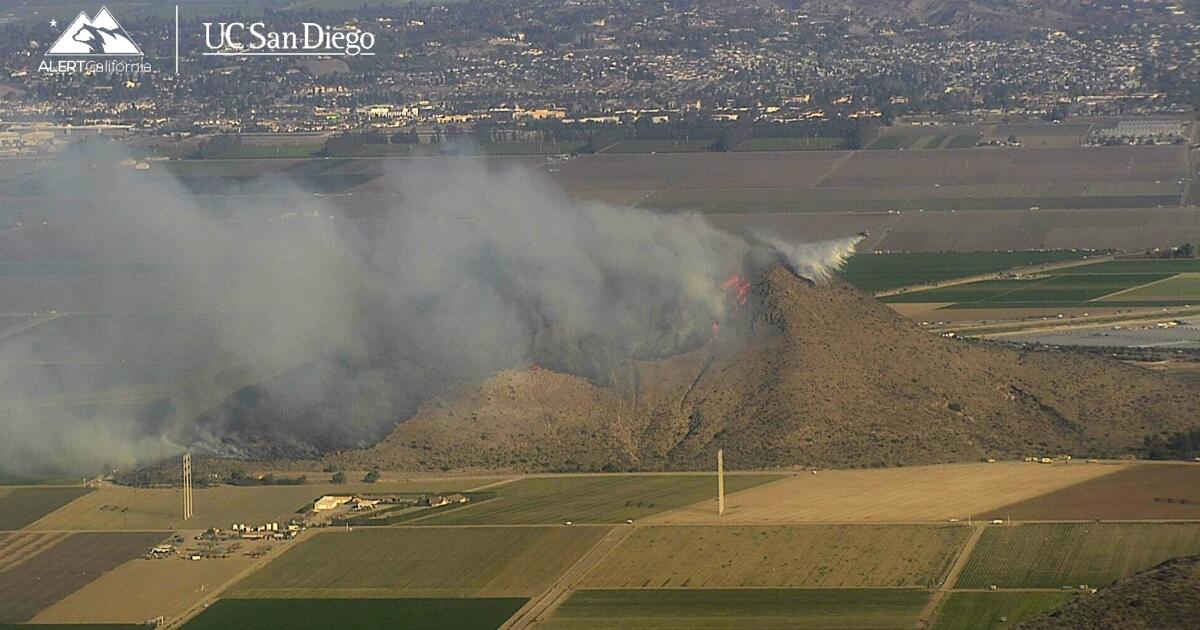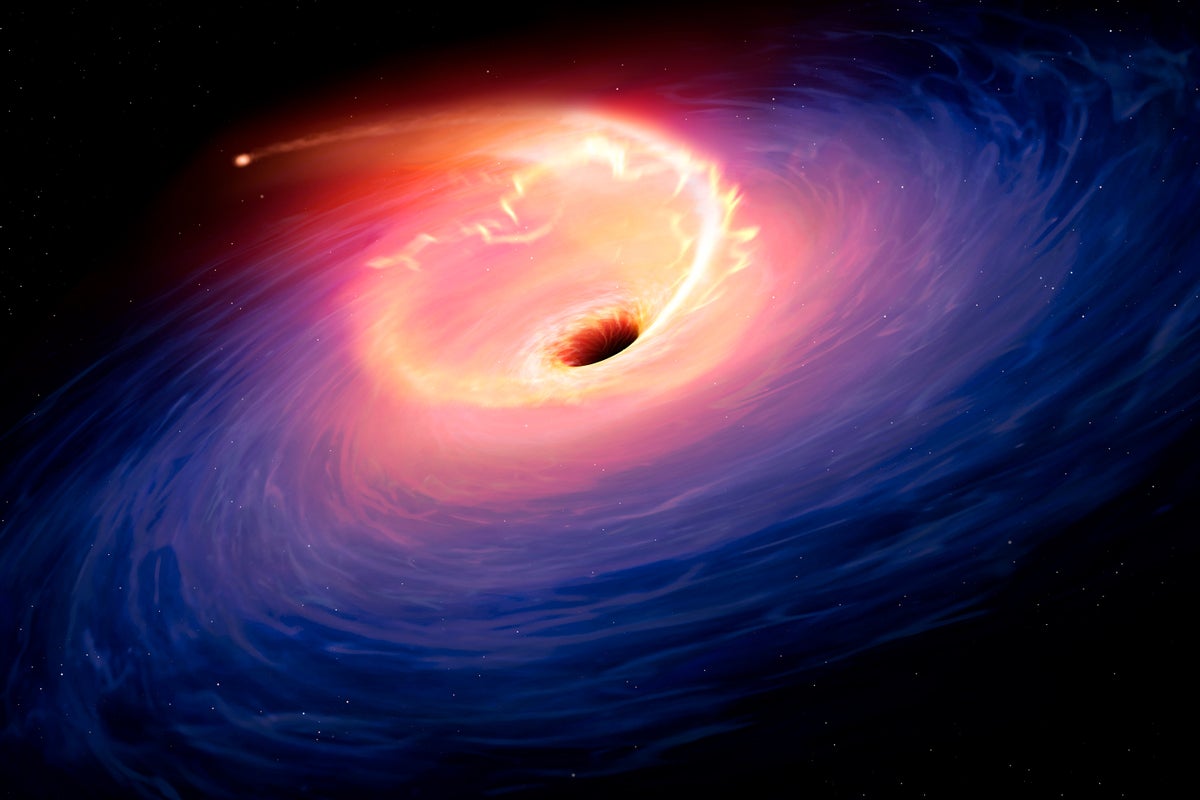Scientists Listening to Signals From Huge, Mysterious Objects Inside the Earth
Good Acoustics The mystery of two continent-sized structures buried deep in the Earth's mantle has produced a new twist after scientists got a closer look at their composition, suggesting they might be even older than once thought. Well, a closer listen may be more accurate. "When there is a big earthquake, the whole Earth will expand and contract like a bell," Arwen Deuss, a seismologist at Utrecht University in the Netherlands and coauthor of a new paper published in the journal Nature, told New Scientist. "Earth becomes a musical instrument." And like an instrument, you can tell a lot about […]


Acoustic Version
The mystery of two "super-continent"-sized structures buried deep in the Earth's mantle has produced a new twist after scientists got a closer look at their composition, suggesting they might be even older than once thought.
Or maybe a closer listen may be more accurate. "When there is a big earthquake, the whole Earth will expand and contract like a bell," Arwen Deuss, a seismologist at Utrecht University in the Netherlands and coauthor of a new paper published in the journal Nature, told New Scientist. "Earth becomes a musical instrument."
And like an instrument, you can tell a lot about its quality by listening to the tones it produces. The powerful sound waves that resonate through the Earth's interior have long revealed the presence of two low-shear velocity provinces (LLSVPs), or superplumes, over a thousand miles underground, so named because they slow down the sound waves that travel through them.
For some reason, though, they don't appear to make the sound waves any less powerful. Now, Deuss and his team believe they have an explanation for why this is — though the implications could be even more mind-boggling.
Wet Blanket
Today, the two LLSVPs sit beneath Africa and the Pacific Ocean. For how long, however, is difficult to say.
"Nobody knew what they are, and whether they are only a temporary phenomenon, or if they have been sitting there for millions or perhaps even billions of years," Deuss said in a statement about the work.
"These two large islands are surrounded by a graveyard of tectonic plates which have been transported there by a process called 'subduction,'" she added, "where one tectonic plate dives below another plate and sinks all the way from the Earth's surface down to a depth of almost three thousand kilometers," or about 1,900 miles.
Because the LLSVPs are hot, sound waves that are emitted by the Earth's moving interior slow down when they travel across them. This should also "dampen" the sound waves, or make them lose energy, but observations by Deuss and her team showed that this isn't the case.
Pain and Grain
So if the temperature alone isn't responsible for the lack of damping, what is?
The working theory is grain size, or the size of the crystals believed to comprise the LLSVPS. The researchers suggest that the structures are made up of larger, but less numerous grains. Because there are fewer grains, that means there are also fewer so-called boundaries between them, Deuss explained. It's these boundaries that cause the loss of energy every time they're traveled across. By contrast, the surrounding "slab graveyard" exhibits much smaller grains — so more dampening.
Because grains take ages to grow to such a size, that means the LLSVPs are considerably older than the subducted slabs that encase them — perhaps nearly as old as the Earth itself, Deuss told New Scientist.
More on geology: Scientists Say They've Figured Out What Turned the Sun Blue
The post Scientists Listening to Signals From Huge, Mysterious Objects Inside the Earth appeared first on Futurism.
What's Your Reaction?







































